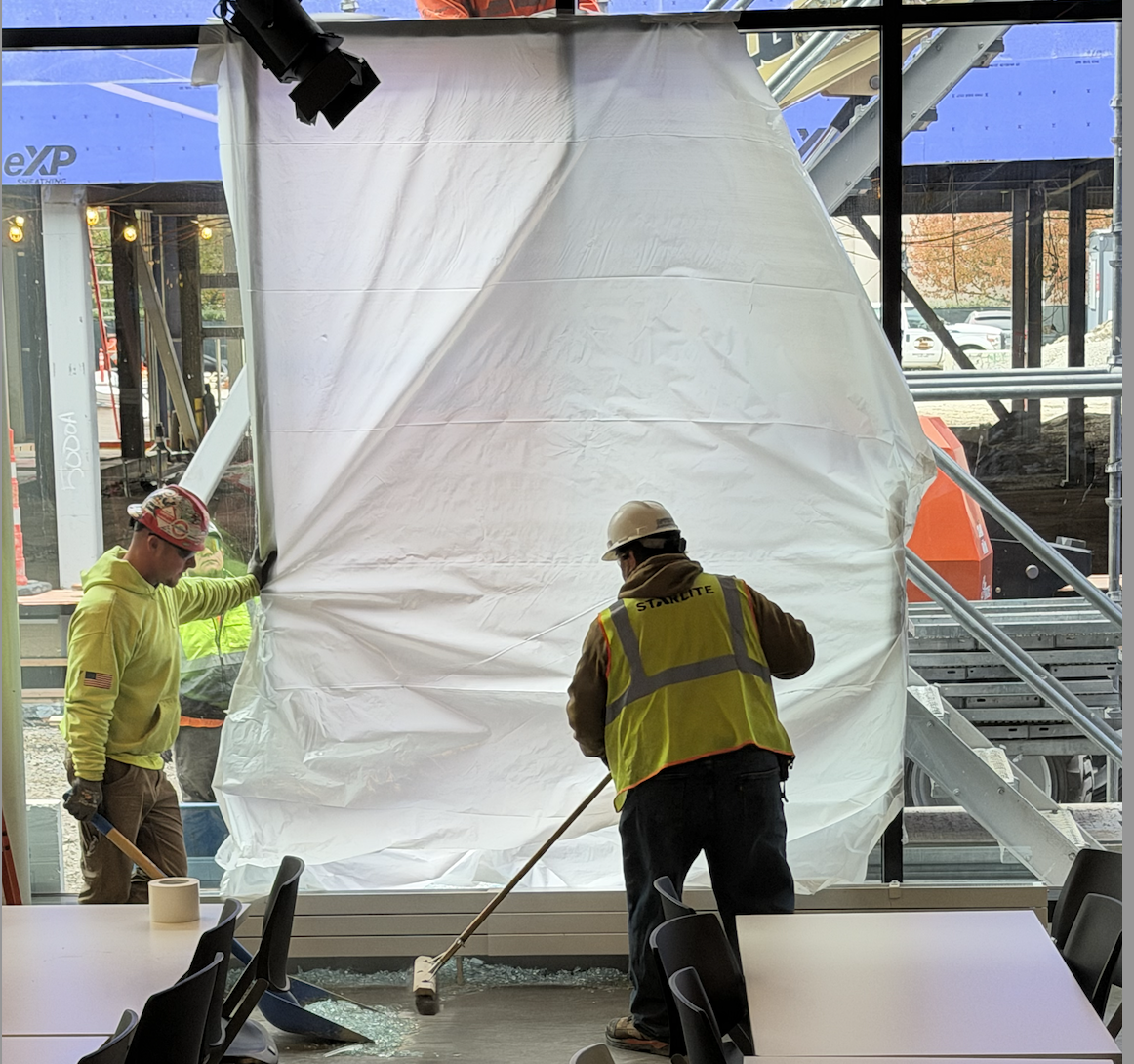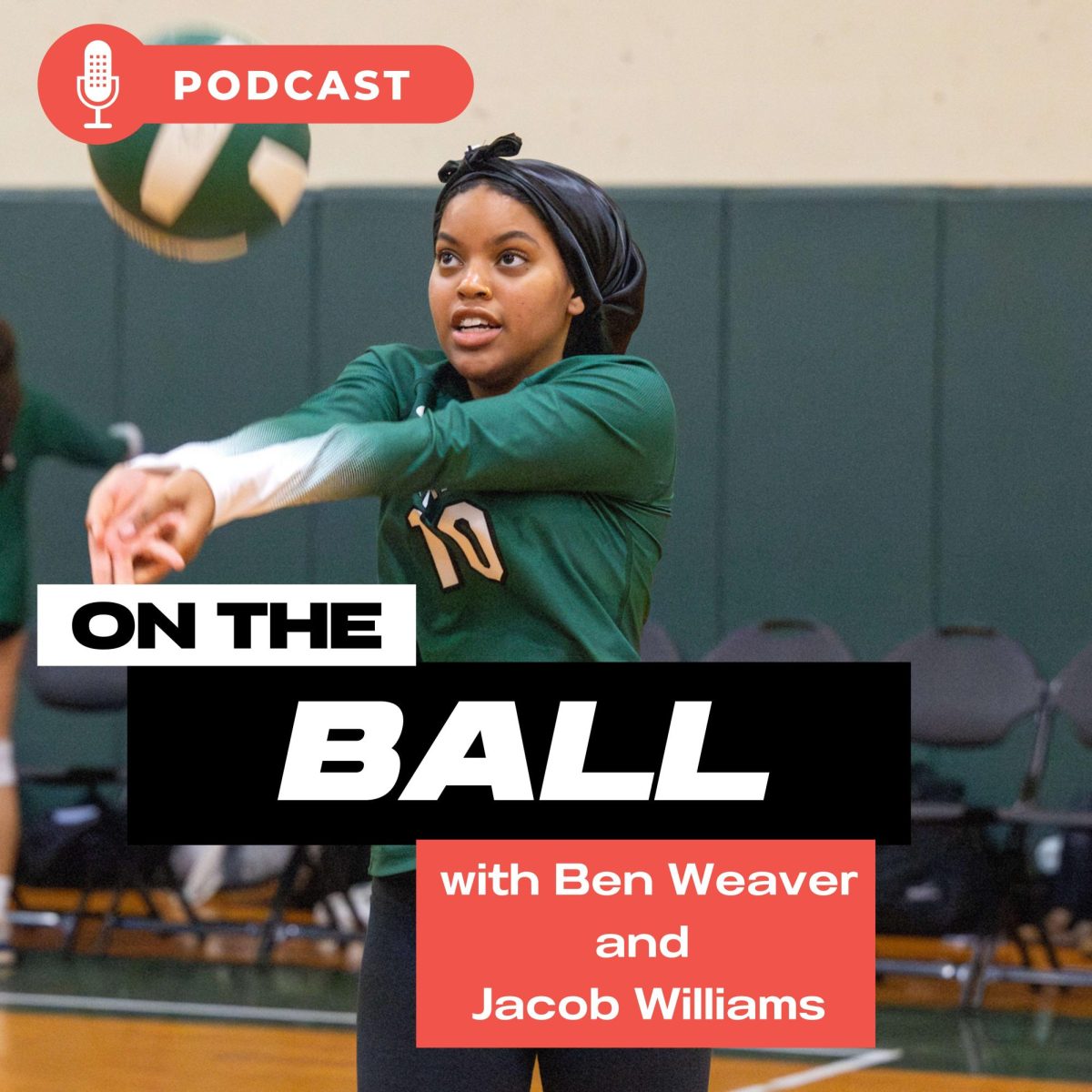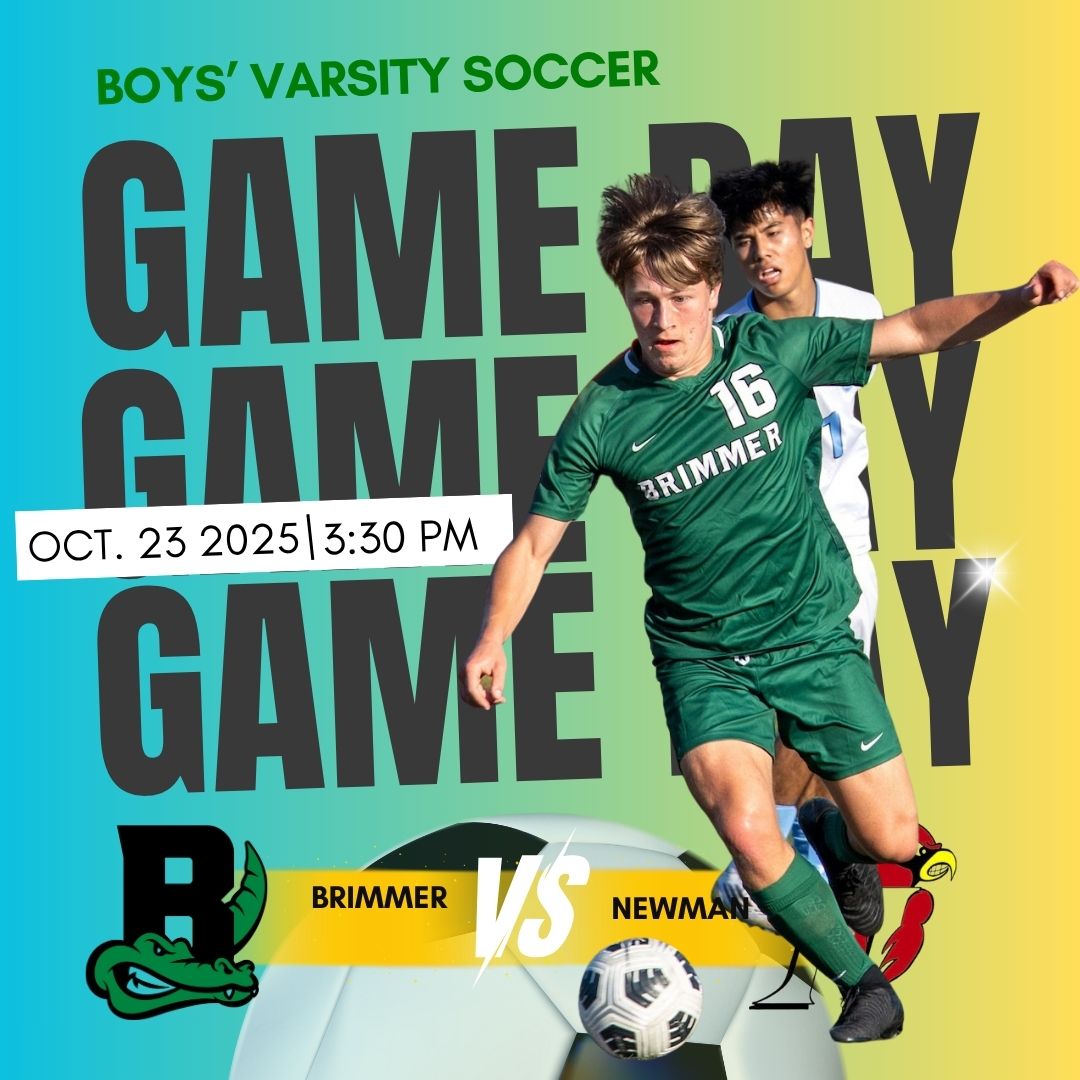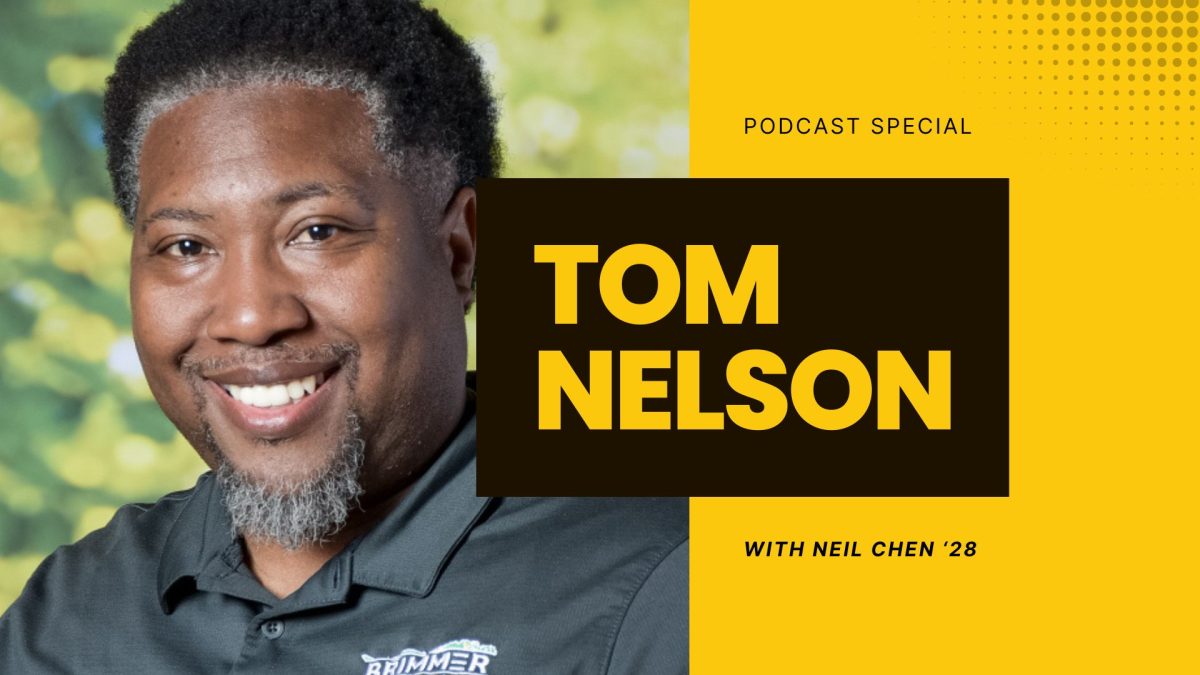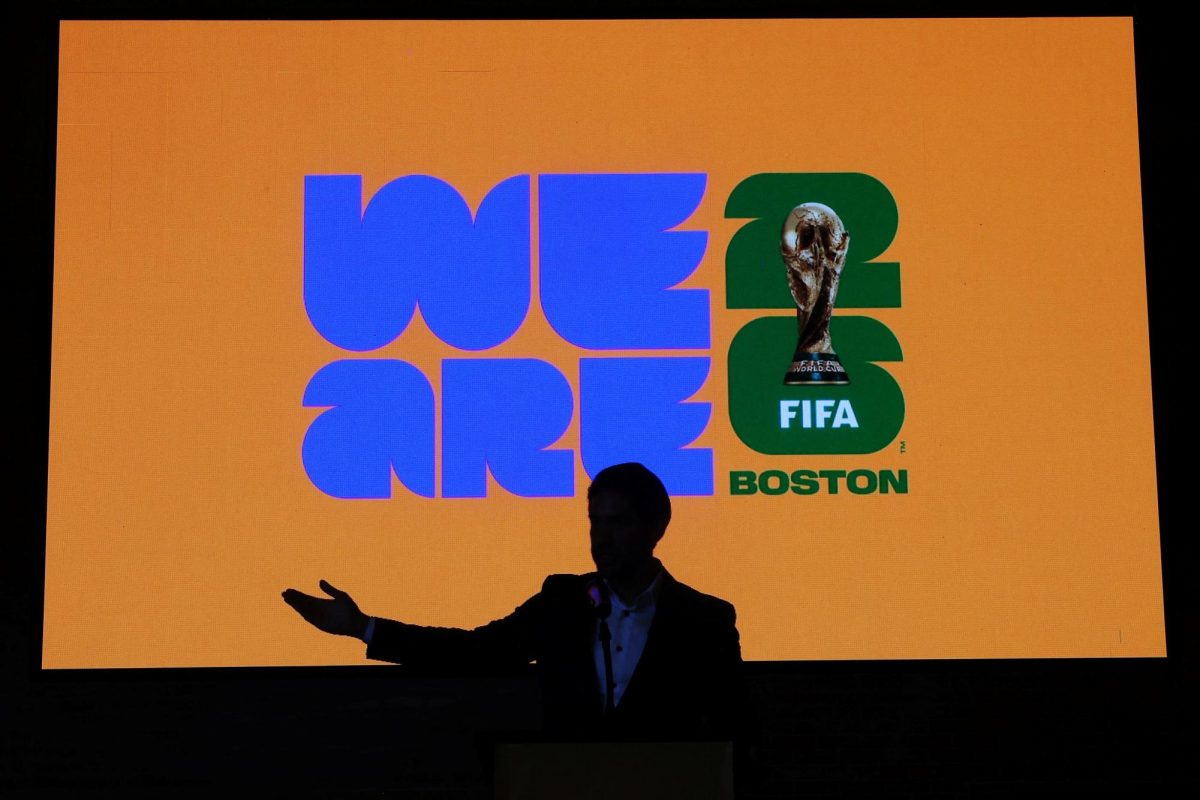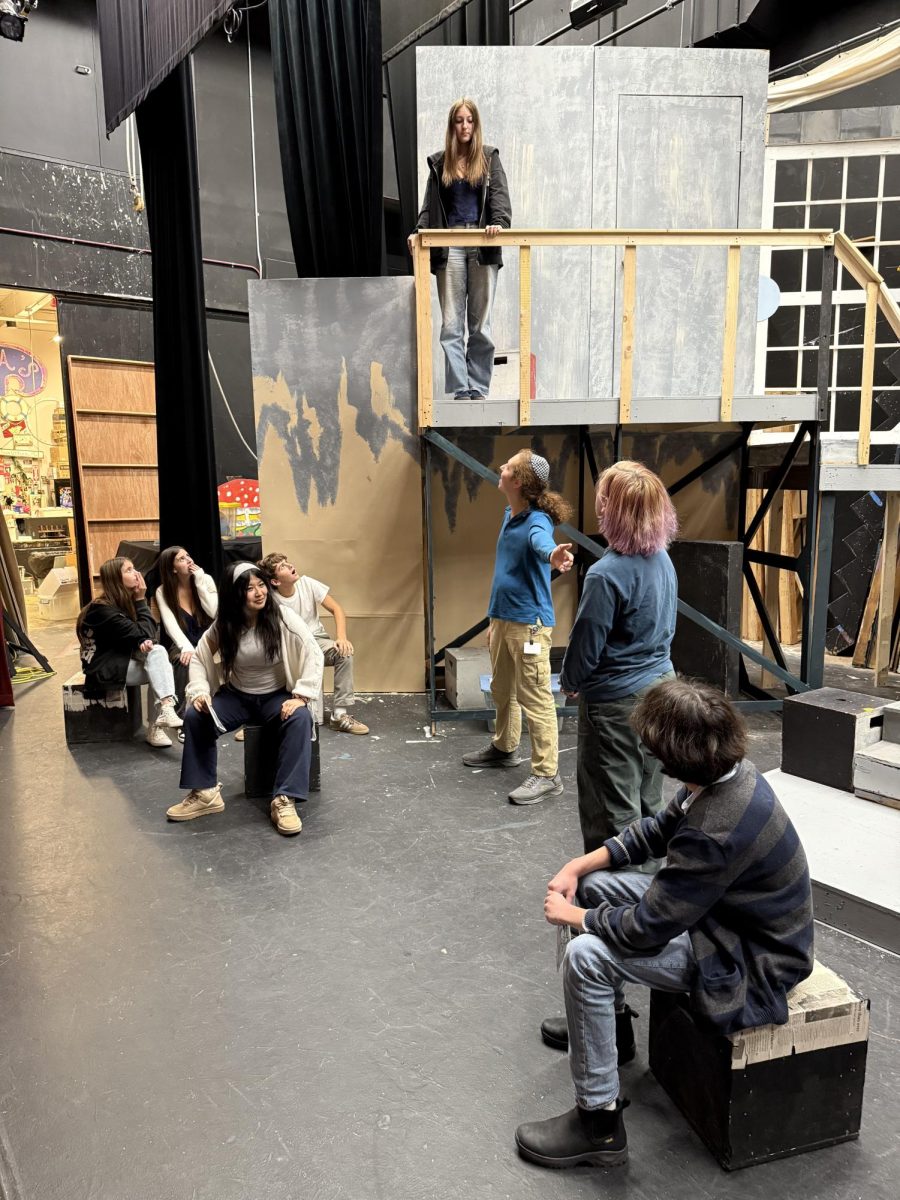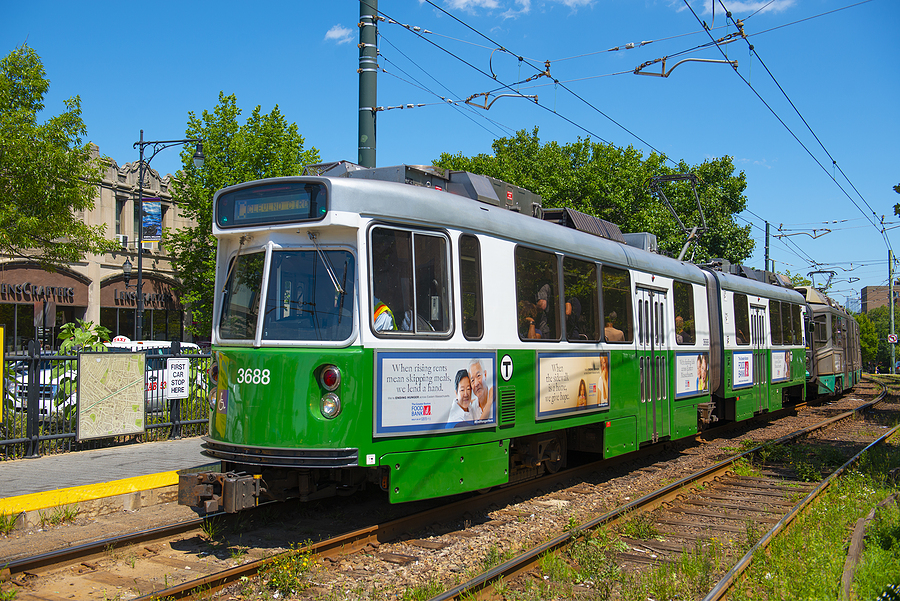Op-Ed: Buses Don’t Solve MBTA’s Woes
Brookline, MA, USA – AUG. 1, 2018: Boston Metro MBTA Kinki Sharyo Type 7 Green Line at Coolidge Corner station on Beacon Street, Brookline, Massachusetts MA, USA.
For too long, the Massachusetts Bay Transportation Authority’s (MBTA) Green Line service has been inconsistent, requiring dreaded shuttle busses to shuffle riders around. I’m tired of this and a recent experience has me rethinking whether it’s just easier to pay more for an Uber.
The mile walk to the station usually doesn’t bother me, but as the days get colder, it becomes more of a trek. On a recent Sunday, I had planned to take the T to Brookline Village to meet a friend, before we continued to Copley Square.
Perhaps I should have known better. Over the summer, a Federal Transit Administration (FTA) report revealed serious safety concerns about the T and major mismanagement by the MBTA. Shortly thereafter, the Green Line D branch also closed for two weeks.
“Not having written rules leads to a lack of understanding of what is required, as well as a lax safety culture throughout the agency that sets the stage for safety lapses,” FTA spokesman Paul Kincaid told WBZ.
Before I arrived at my stop, things went sideways. Walking past the intersection of Hammond Pond Parkway and Boylston, I read signs that the T was down (again)—and that riders would have to take a shuttle bus. I immediately realized that my trip was going to take much longer than anticipated. Ugh!
I waited for about 20 minutes, as the freezing wind blew down the nearby “wait here” sign. Finally, a short blue bus pulled up. I squeezed in, pressed between a window and a woman holding a purple yoga mat.
At each new stop, I shuffled around uncomfortably as riders came and went. I tried to pass the time by secretly eavesdropping on conversations. Of course, I arrived at Kenmore Square very late, thanks to the long delays. Still, from here, I hopped onto an operational C Line for a quick, straight shot to Copley Station.
The MBTA’s train system has the potential to transport hundreds of thousands safely and efficiently, but only when it’s operational. The shuttle bus system is not a practical alternative to the MBTA’s failures, and I am fuming that the public must bear the brunt of the organization’s horrific shortcomings.
In the meantime, Uber might be worth the added expense.







